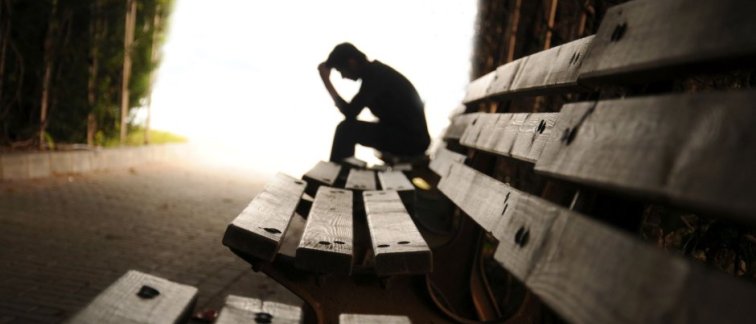Sisco van Veen grew up in a liberal family and remembers how progressive medical-ethical topics were discussed at home. "When it came to euthanasia, the sentiment was always: obviously we are in favor of this being possible." When Van Veen's mother developed a brain tumor and could not be treated, she opted for euthanasia. She passed away in 2016. "That was very emotional to go through," he says, "but it's wonderful how she kept the reigns and died with dignity, on her own terms."
Van Veen defended his dissertation 'The art of letting go' at VU University Amsterdam beginning of June. He was training to be a psychiatrist at the time his mother passed away. He soon discovered that euthanasia is much more complicated in that profession. Although the Euthanasia Act (Euthanasiewet) is also intended for patients with hopeless psychological distress, only few psychiatrists are willing to perform euthanasia. The number of requests from patients did increase rapidly over the past ten years (thousand or two thousand per year). Only 10 percent of them get euthanasia. The waiting time at the Expertise Center Euthanasia (Expertisecentrum Euthanasie) is about two years. This is a center for patients who cannot be treated by their own psychiatrist.
"Two years is alarmingly long for such vulnerable people," thinks Van Veen. To better understand the hesitation of psychiatrists, for his dissertation he investigated why hopelessness is such a complicated concept in psychiatry. Euthanasia requests are granted sporadically in psychiatry. "There's a strong incentive to keep treating," says Van Veen. He also introduces a new approach for psychiatrists to better assess euthanasia requests. The core of this approach is that in determining hopelessness, psychiatrists should look more to the past than to the question of whether treatment is still theoretically possible.
Read the full NRC article (in Dutch) here.
Read more (in Dutch) here.

